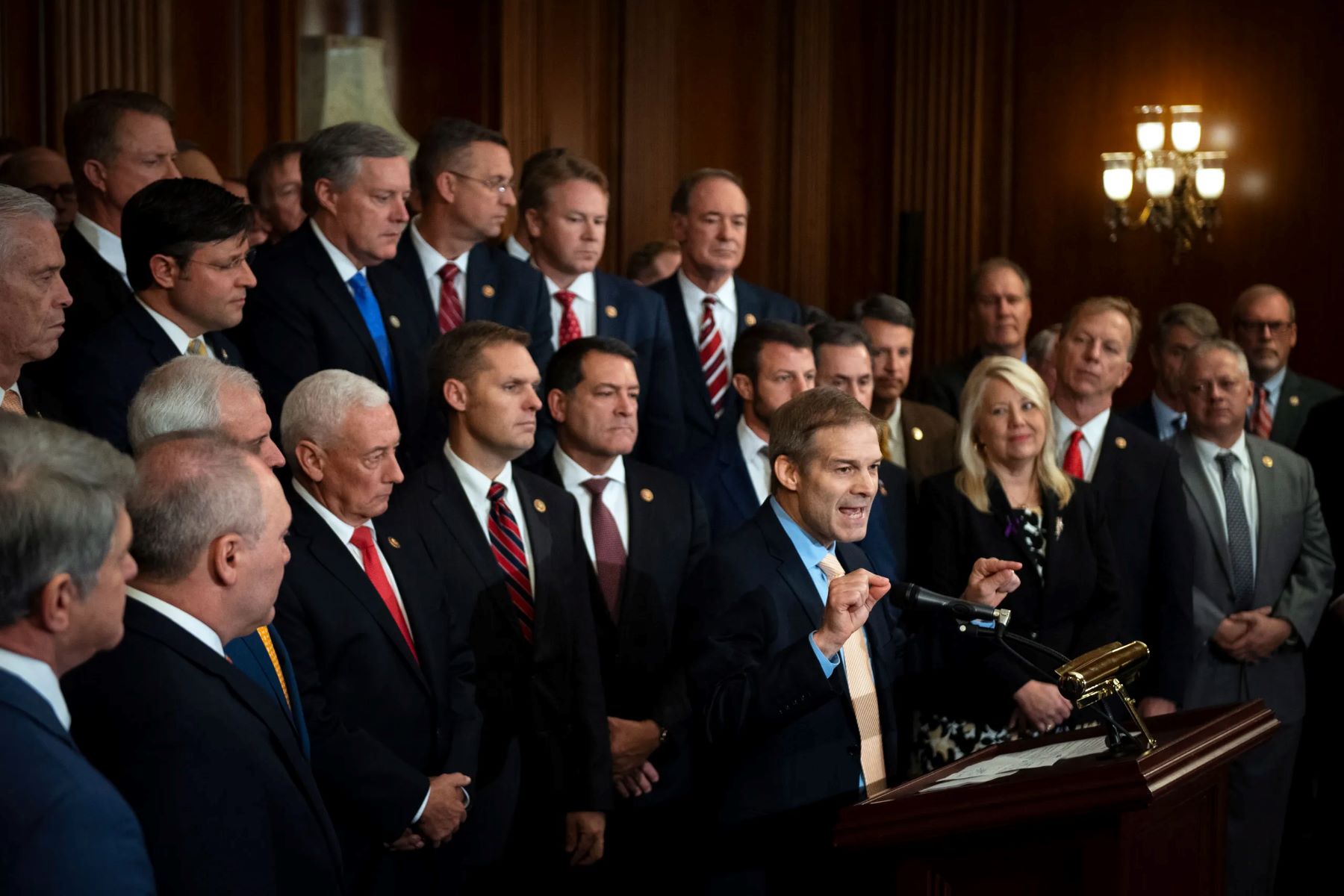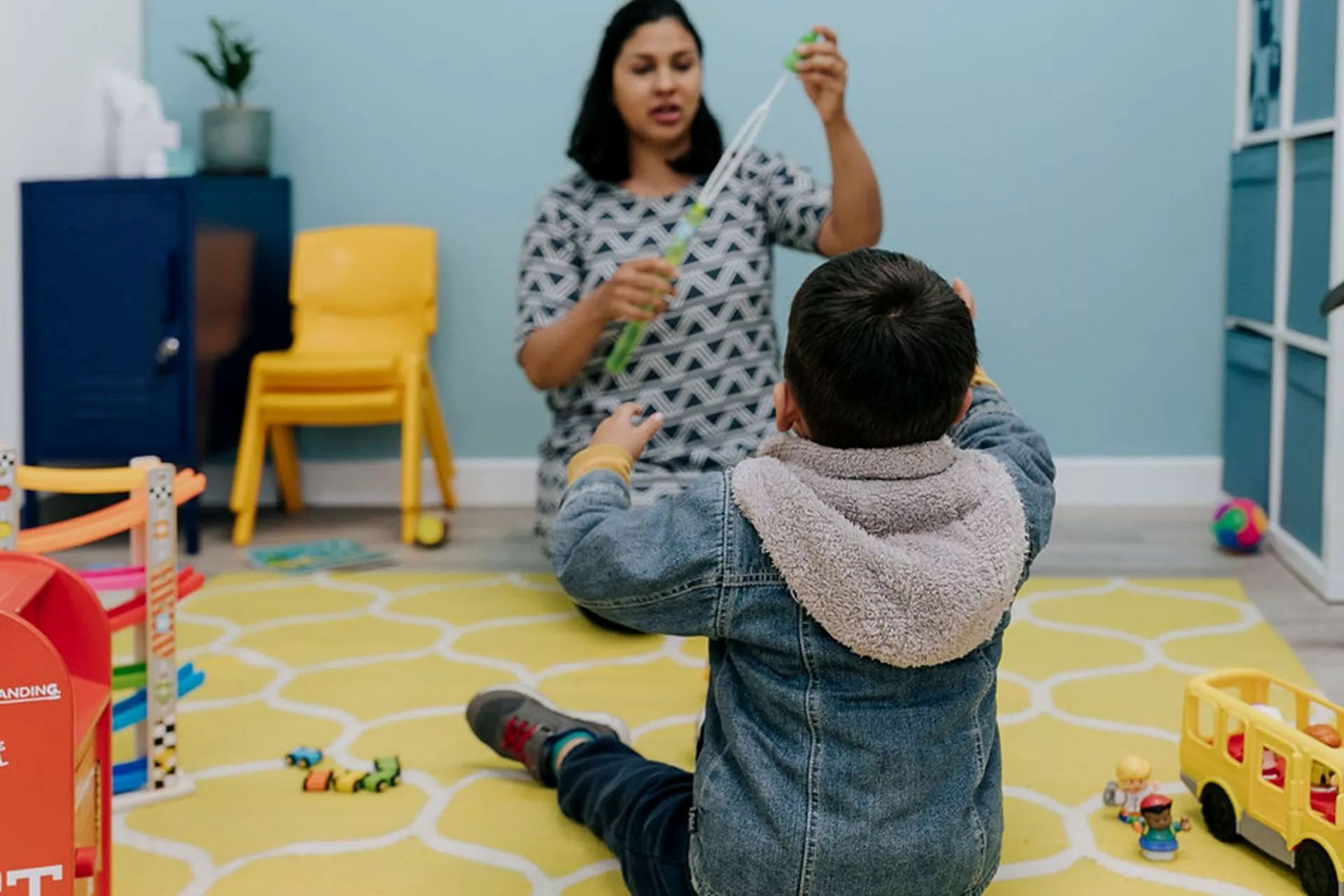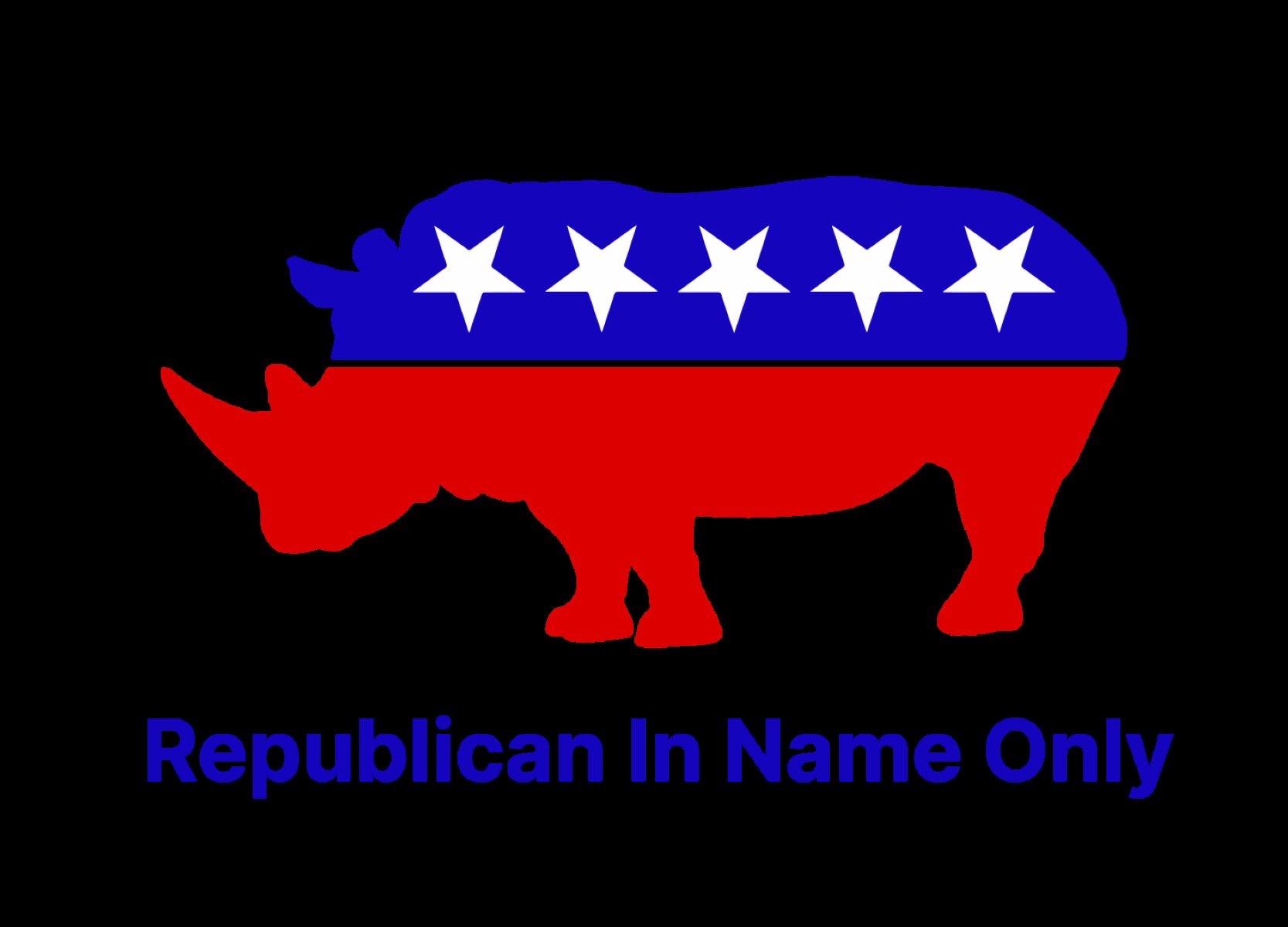Home>Parenting and Children>How To Explain Democrat Vs Republican To A Child


Parenting and Children
How To Explain Democrat Vs Republican To A Child
Published: February 28, 2024
Learn how to explain the differences between Democrats and Republicans to your child with age-appropriate language and examples. Helpful tips for parents navigating political discussions with kids.
(Many of the links in this article redirect to a specific reviewed product. Your purchase of these products through affiliate links helps to generate commission for Regretless.com, at no extra cost. Learn more)
Table of Contents
Introduction
Explaining the complex world of politics to a child can be a daunting task. However, it's essential for children to understand the basic principles of democracy and the differences between political parties. In the United States, the two primary political parties are the Democrats and the Republicans. Each party has its own set of beliefs and policies that shape the way they approach governance and decision-making.
As parents, guardians, or educators, it's important to provide children with a simplified yet accurate understanding of these political ideologies. By doing so, we can help them develop critical thinking skills and a foundational knowledge of the democratic process. In this article, we will explore how to explain the differences between Democrats and Republicans to children in a way that is easy to understand and engaging. Let's embark on this journey to unravel the world of politics in a child-friendly manner.
What is a Democrat?
A Democrat is a member or supporter of the Democratic Party, one of the two major political parties in the United States. Democrats are known for their progressive and liberal ideologies, which prioritize social equality, diversity, and government intervention to address societal issues. At the core of the Democratic Party's beliefs is the promotion of equal opportunities for all individuals, regardless of their background or socioeconomic status.
Democrats advocate for policies that aim to provide affordable healthcare, improve public education, and protect the environment. They often emphasize the importance of social welfare programs to support vulnerable populations, such as low-income families, the elderly, and individuals with disabilities. Additionally, Democrats are proponents of inclusive immigration policies and advocate for the rights of marginalized communities, including racial and ethnic minorities, LGBTQ+ individuals, and women.
In terms of economic policies, Democrats generally support progressive taxation, which involves higher tax rates for individuals with higher incomes. They also prioritize regulations aimed at ensuring fair labor practices and workers' rights. Furthermore, Democrats are known for their emphasis on diplomacy and multilateralism in foreign affairs, favoring international cooperation and alliances to address global challenges.
Overall, the Democratic Party is characterized by its commitment to social justice, inclusivity, and a proactive role for the government in addressing societal issues. These values and policy priorities distinguish Democrats from their counterparts in the Republican Party, shaping the distinct political landscape in the United States.
In explaining the concept of a Democrat to a child, it's important to emphasize the party's focus on fairness, helping others, and making sure everyone has what they need to live a good life. By using relatable examples and simple language, children can begin to grasp the fundamental principles that define the Democratic Party's identity and mission.
What is a Republican?
A Republican is a member or supporter of the Republican Party, one of the two major political parties in the United States. Republicans are known for their conservative ideologies, which prioritize individual freedom, limited government intervention, and free-market principles. At the core of the Republican Party's beliefs is the promotion of personal responsibility, traditional values, and economic freedom.
Republicans advocate for policies that aim to reduce government regulation, lower taxes, and promote free enterprise. They often emphasize the importance of individual initiative and self-reliance, encouraging people to take charge of their own lives and pursue opportunities without excessive government interference. Additionally, Republicans prioritize national security and defense, advocating for a strong military and assertive foreign policy to protect the country's interests.
In terms of economic policies, Republicans generally support lower tax rates for individuals and businesses, believing that reduced taxation stimulates economic growth and innovation. They also prioritize deregulation and limited government involvement in business operations, aiming to create a more competitive and dynamic marketplace. Furthermore, Republicans often emphasize the importance of traditional family values, religious freedom, and the protection of unborn life, reflecting their commitment to social conservatism.
Republicans are known for their emphasis on individual rights, constitutional principles, and a belief in the power of free markets to drive prosperity. They also prioritize law and order, advocating for tough measures to combat crime and uphold public safety. Additionally, Republicans often support a robust national defense and assertive foreign policy to protect the country's interests and promote stability on the global stage.
In explaining the concept of a Republican to a child, it's important to emphasize the party's focus on personal freedom, working hard to achieve goals, and making sure everyone has the opportunity to succeed. By using relatable examples and simple language, children can begin to grasp the fundamental principles that define the Republican Party's identity and mission.
How do Democrats and Republicans differ in their beliefs?
The differences between Democrats and Republicans stem from their distinct beliefs and values, shaping their approaches to governance and policy-making. Democrats are known for their progressive and liberal ideologies, emphasizing social equality, diversity, and government intervention to address societal issues. In contrast, Republicans adhere to conservative principles, prioritizing individual freedom, limited government intervention, and free-market ideals.
Democrats place a strong emphasis on social justice and inclusivity, advocating for policies that promote equal opportunities for all individuals, regardless of their background or socioeconomic status. They prioritize initiatives aimed at reducing income inequality, expanding access to healthcare, and addressing systemic barriers that hinder marginalized communities. Additionally, Democrats champion environmental protection and sustainable practices, recognizing the importance of preserving natural resources for future generations.
On the other hand, Republicans prioritize individual responsibility and economic freedom, advocating for policies that reduce government regulation, lower taxes, and promote free enterprise. They emphasize the importance of personal initiative and self-reliance, encouraging individuals to pursue opportunities without excessive government intervention. Furthermore, Republicans prioritize national security and defense, advocating for a strong military and assertive foreign policy to safeguard the country's interests.
In terms of social issues, Democrats often support progressive stances on matters such as LGBTQ+ rights, women's reproductive rights, and immigration reform. They prioritize inclusivity and diversity, aiming to create a society that embraces and respects individuals from all backgrounds. Conversely, Republicans often uphold traditional family values, religious freedom, and pro-life stances on abortion, reflecting their commitment to social conservatism and moral principles.
Overall, the differing beliefs of Democrats and Republicans shape their policy priorities and legislative agendas, influencing their respective visions for the country's future. By understanding these fundamental differences, children can begin to grasp the diverse perspectives that contribute to the dynamic political landscape in the United States.
How do Democrats and Republicans differ in their policies?
The policies advocated by Democrats and Republicans reflect their distinct approaches to governance and their visions for addressing societal challenges. Democrats prioritize policies aimed at promoting social welfare, economic equality, and environmental sustainability. They often advocate for the expansion of social safety nets, such as affordable healthcare and access to education, to ensure that all individuals have the opportunity to thrive. Additionally, Democrats support progressive taxation, aiming to redistribute wealth and reduce income inequality. They also prioritize environmental protection through regulations and investments in renewable energy and conservation efforts.
On the other hand, Republicans prioritize policies that emphasize individual freedom, limited government intervention, and free-market principles. They advocate for lower taxes, reduced regulation, and pro-business initiatives to stimulate economic growth and innovation. Republicans often support deregulation in various industries, aiming to create a more competitive marketplace and foster entrepreneurship. Additionally, they prioritize national defense and security, advocating for robust military spending and assertive foreign policy to safeguard the country's interests.
In terms of healthcare, Democrats often advocate for policies aimed at expanding access to affordable healthcare, such as the Affordable Care Act, which aimed to increase the number of Americans with health insurance coverage. They prioritize initiatives to address healthcare disparities and ensure that individuals have access to essential medical services. Conversely, Republicans have sought to repeal or amend the Affordable Care Act, emphasizing market-based solutions and reducing government involvement in healthcare provision.
When it comes to environmental policies, Democrats prioritize measures to combat climate change, protect natural habitats, and promote sustainable practices. They support initiatives to reduce carbon emissions, invest in renewable energy sources, and advance environmental conservation efforts. In contrast, Republicans often prioritize energy independence and domestic production, advocating for policies that support the fossil fuel industry and reduce regulatory barriers to energy development.
Overall, the differing policies of Democrats and Republicans reflect their contrasting approaches to governance, economic priorities, and societal challenges. By understanding these policy differences, children can gain insight into the diverse perspectives that shape political decision-making and the impact of these policies on society.
Read more: The Meaning Of QRT On Twitter: Explained!
How can you explain the differences between Democrats and Republicans to a child?
Explaining the differences between Democrats and Republicans to a child involves simplifying complex political concepts into relatable ideas. One approach is to use everyday scenarios that children can understand. For example, you can liken the political parties to different superhero characters. Democrats could be portrayed as heroes who work together to make sure everyone has what they need, like a team of superheroes fighting for fairness and helping others. On the other hand, Republicans could be depicted as heroes who believe in working hard and making sure everyone has the opportunity to succeed, similar to superheroes who value individual freedom and taking charge of their own destiny.
Another way to explain the differences is by using familiar settings, such as a school or playground. You can illustrate Democrats as students who believe in sharing resources and helping each other, while Republicans can be portrayed as students who believe in earning rewards through hard work and personal responsibility. By using these relatable comparisons, children can begin to grasp the fundamental principles that distinguish the two political parties.
Furthermore, it's essential to emphasize that both Democrats and Republicans want what's best for the country, but they have different ideas about how to achieve it. Just like in a classroom where students may have different opinions on how to solve a problem, Democrats and Republicans have different ideas about how to make the country better. It's important to convey the message that diversity of thought is a fundamental aspect of democracy, and respecting different viewpoints is crucial for a healthy society.
Additionally, introducing the concept of compromise can help children understand that even though Democrats and Republicans may disagree on certain issues, they can work together to find solutions that benefit everyone. This can be likened to teamwork in sports, where players with different strengths come together to achieve a common goal.
By using simple language, relatable examples, and emphasizing the importance of respect and cooperation, children can begin to comprehend the basic differences between Democrats and Republicans in a way that is engaging and easy to understand. This foundational understanding can lay the groundwork for their future civic engagement and critical thinking skills.
Conclusion
In conclusion, understanding the differences between Democrats and Republicans is an important aspect of civic education for children. By simplifying complex political ideologies into relatable concepts, children can begin to grasp the fundamental principles that shape the two major political parties in the United States. Democrats, characterized by their focus on social justice and inclusivity, can be likened to superheroes fighting for fairness and helping others, while Republicans, known for their emphasis on individual freedom and personal responsibility, can be portrayed as heroes valuing hard work and self-reliance.
Through relatable comparisons and everyday scenarios, children can gain insight into the diverse beliefs and values that underpin the Democratic and Republican parties. It's crucial to convey the message that both parties ultimately seek what's best for the country, albeit through different approaches. Emphasizing the importance of respecting diverse viewpoints and the potential for collaboration and compromise can help children appreciate the complexities of democratic governance.
By introducing these concepts in a child-friendly manner, we can lay the foundation for their future engagement as informed and thoughtful citizens. Encouraging critical thinking, respect for differing opinions, and an understanding of the democratic process can empower children to navigate the complexities of the political landscape with confidence and empathy.
As adults, parents, and educators, we play a pivotal role in shaping the next generation's understanding of democracy and political discourse. By fostering an environment where children can ask questions, express their thoughts, and engage in discussions about civic issues, we contribute to the development of informed and responsible future leaders.
In essence, the journey of explaining the differences between Democrats and Republicans to children is not only about imparting knowledge but also about instilling values of respect, empathy, and civic responsibility. Through these efforts, we can inspire a generation of young individuals who are equipped to contribute positively to the democratic process and work towards a better future for all.














